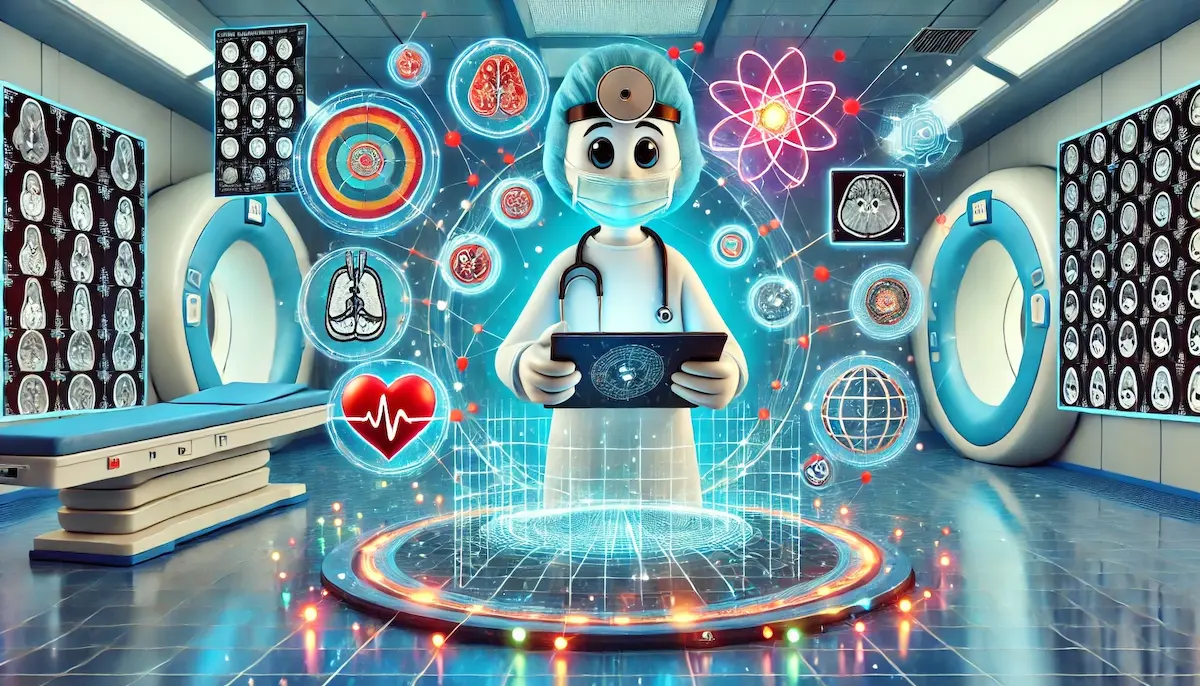Medical imaging is a crucial component of modern healthcare, providing detailed pictures of the body’s internal structures and functions. These images help doctors diagnose, monitor, and treat a wide range of medical conditions. By combining advanced technology with medical expertise, medical imaging allows for non-invasive and accurate assessments, playing a pivotal role in patient care.
The History and Evolution of Medical Imaging
Medical imaging has come a long way since the discovery of X-rays by Wilhelm Conrad Roentgen in 1895. This breakthrough revolutionized medicine by allowing doctors to see inside the human body without surgery. Over the years, technology has advanced dramatically, leading to the development of various imaging modalities that provide different types of information about the body’s structures and functions.
Key Types of Medical Imaging
X-ray Imaging
X-ray imaging is one of the oldest and most commonly used techniques. It uses high-energy radiation to produce images of the bones and certain tissues within the body. X-rays are particularly useful for diagnosing fractures, infections, and tumors.
Computed Tomography (CT) Scanning
CT scanning, also known as CAT scanning, combines X-ray technology with computer processing to create cross-sectional images of the body. These detailed images provide a more comprehensive view of the internal organs, bones, and blood vessels, making CT scans invaluable for diagnosing various conditions, including cancer, cardiovascular diseases, and internal injuries.
Magnetic Resonance Imaging (MRI)
MRI uses powerful magnets and radio waves to generate detailed images of the body’s soft tissues. Unlike X-rays and CT scans, MRI does not use ionizing radiation, making it safer for repeated use. MRI is particularly effective in imaging the brain, spinal cord, joints, and muscles, aiding in the diagnosis of neurological disorders, musculoskeletal problems, and more.
Ultrasound
Ultrasound imaging uses high-frequency sound waves to create real-time images of the body’s internal structures. It is widely used in obstetrics to monitor fetal development, but it is also useful for imaging the heart, blood vessels, and abdominal organs. Ultrasound is non-invasive, portable, and does not involve radiation, making it a safe and versatile imaging method.
Nuclear Medicine
Nuclear medicine involves the use of small amounts of radioactive materials (radiotracers) to diagnose and treat diseases. Techniques such as Positron Emission Tomography (PET) and Single Photon Emission Computed Tomography (SPECT) provide detailed images of the body’s metabolic processes and are particularly useful in detecting cancer, heart disease, and brain disorders.
The Impact of Medical Imaging
Medical imaging has transformed healthcare by enabling early detection and accurate diagnosis of diseases. This leads to more effective treatment plans and better patient outcomes. For example, early detection of cancer through imaging can significantly increase the chances of successful treatment. Similarly, imaging technologies have improved the management of chronic conditions such as heart disease and arthritis by allowing for precise monitoring and timely interventions.
Furthermore, advancements in imaging technology continue to enhance the resolution, speed, and safety of imaging procedures. Innovations like 3D imaging and functional MRI are opening new frontiers in medical research and clinical practice, offering deeper insights into the human body and its functions.
Blockfine thanks you for reading and hopes you found this article helpful.
